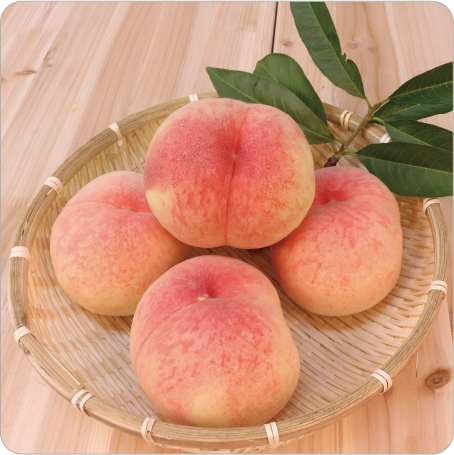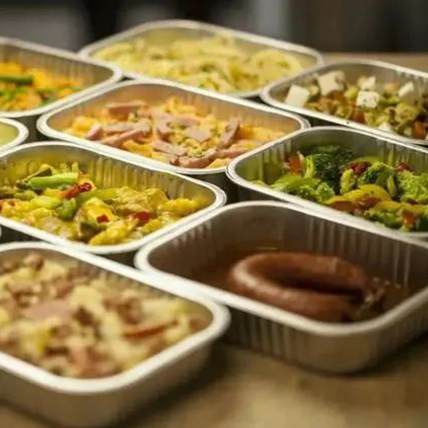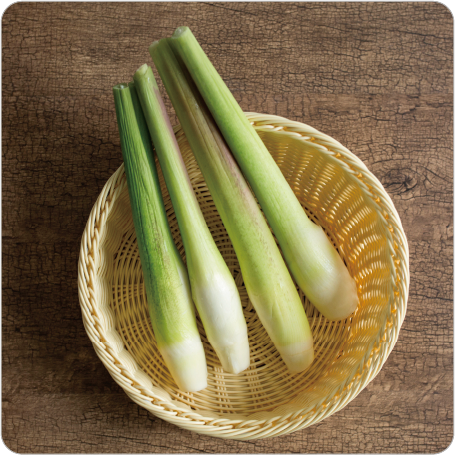Fresh agricultural product
After harvesting, fresh produce is more susceptible to disease due to loss of resistance, resulting in large losses during storage and transportation. Respiration of fruits and vegetables produces carbon dioxide, which can cause browning, collapsing, dehydration, wilting, and empty cavities. Ethylene, both endogenous and exogenous, accelerates the aging process. Fresh produce generally has a high water content and neutral pH, making it conducive to the growth of bacteria, fungi, and yeasts, leading to the accumulation of harmful substances. Additionally, changes in temperature and humidity can cause loss of moisture and sugar, resulting in loss of freshness. Overall, the preservation of fresh produce is a complex process that significantly affects people's lives and a valuable and meaningful research area.
Challenges faced in the fresh produce industry:

Decay and deterioration of fresh produce is the result of a combination of factors, and a single preservation method cannot solve all the problems. Combining two or more preservation methods with different functions, such as air control, humidity control, growth hormone control, inhibition of respiration, and inhibition of bacteria, will achieve better results. For example, combining 1-MCP with chlorine dioxide disinfection or 1-MCP with air-conditioning packaging film. Fresh produce has a wide range of categories, and respiration patterns differ, so separate custom analysis is required for each item.
Specific solutions can be found in the following products.





